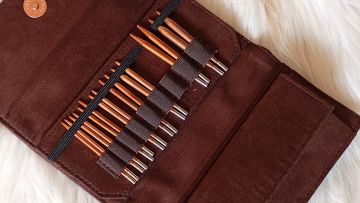Now that summer has arrived, it’s the perfect time to start upgrading your home. From transforming your kitchen to landscaping your garden, there are endless projects you could start. Not only will they make your property more pleasing and comfortable to live in. But they also have the potential to add value to your property should you want to sell. So instead of just seeing them as a way of improving the look of your home, you should start considering them an investment too. There’s no denying that home improvements can be expensive, so how are you going to pay for yours?
Pay on a credit card
Using a credit card to pay for your home improvements is a wise idea, particularly from a safety point of view. Paying by credit card provides you with protection and allows you to claim your money back if something bad happens. This can be useful should your contractor go out of business or if your project cannot be completed. Ideally, you should use a purchase credit card that is interest-free. This gives you more control and helps you plan how much you need to pay back each month. There are many to choose from, so always read the small print to ensure you are using the best one possible.
A secured loan
Another way of financing your improvement projects is by applying for secured or second charge loans. This is a popular option used by many homeowners and you don’t have to have a perfect credit score to get one. Secured loans use your home as collateral while also allowing you to borrow the money you require. This is a suitable financing option for larger projects such as adding an extension and loft conversions. Before applying for a secured loan, shop around and get quotes for the work you want to be completed. That way you should be able to establish just how much money you need to borrow.
Use your personal savings
Last but by no means least, we have the most frequently used option- personal savings. If you have a substantial amount of money saved up, this could be the best way to fund your project. You have the freedom to choose how the money is spent and don’t have to worry about repayments. The only downfall is that your money has no protection unlike when you pay on a credit card. So consider the pros and cons before beginning. If your savings are not able to stretch to your project right now, you might need to put your plans on hold for a while. Look online for ideas on how you can boost your savings to get the money you need more quickly.
Whichever financing option you decide to use, always make sure your home will benefit from the improvement. There is no point causing upheaval to your home if you cannot afford it or don’t require it. Think about what prospective buyers find appealing but also consider your own needs to. This should make choosing which projects to start first more straightforward.
Lot's of love















